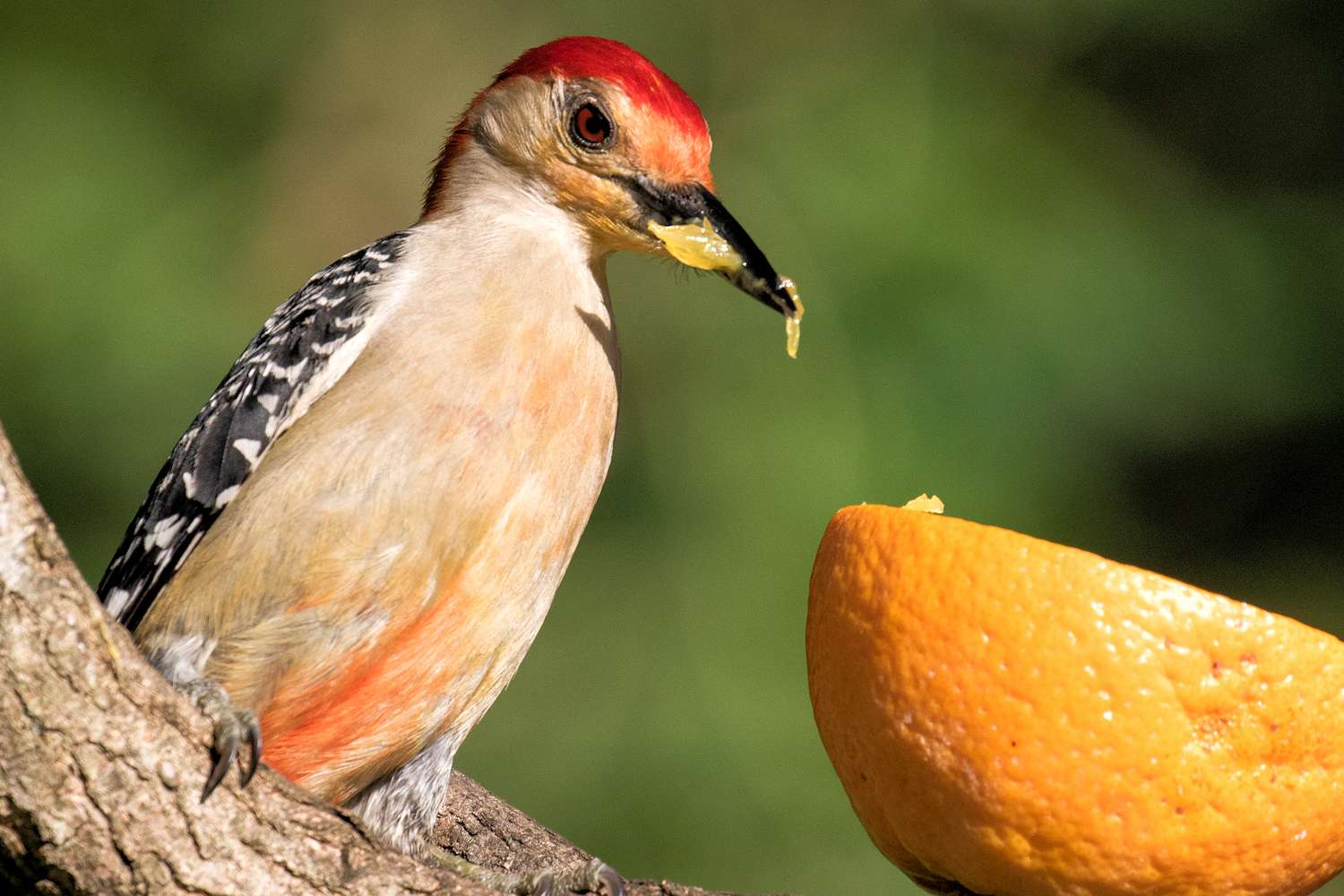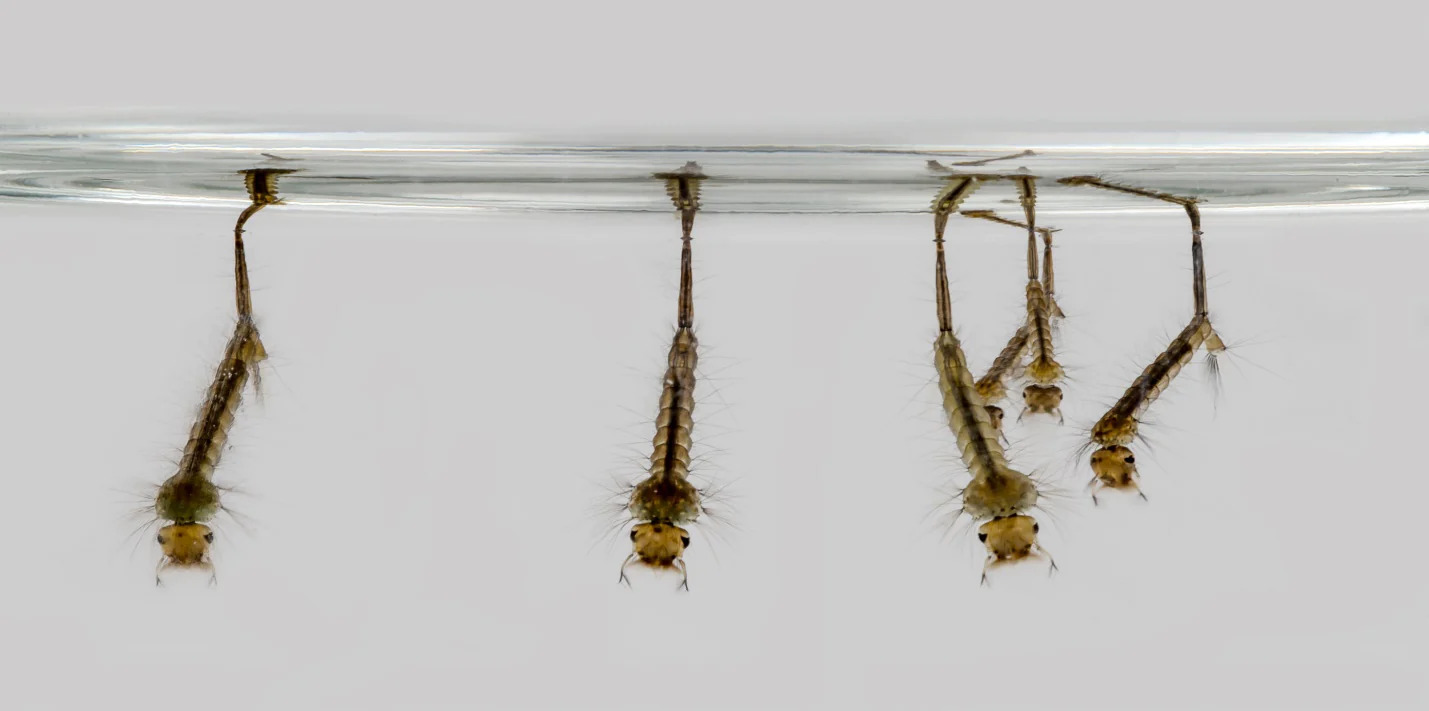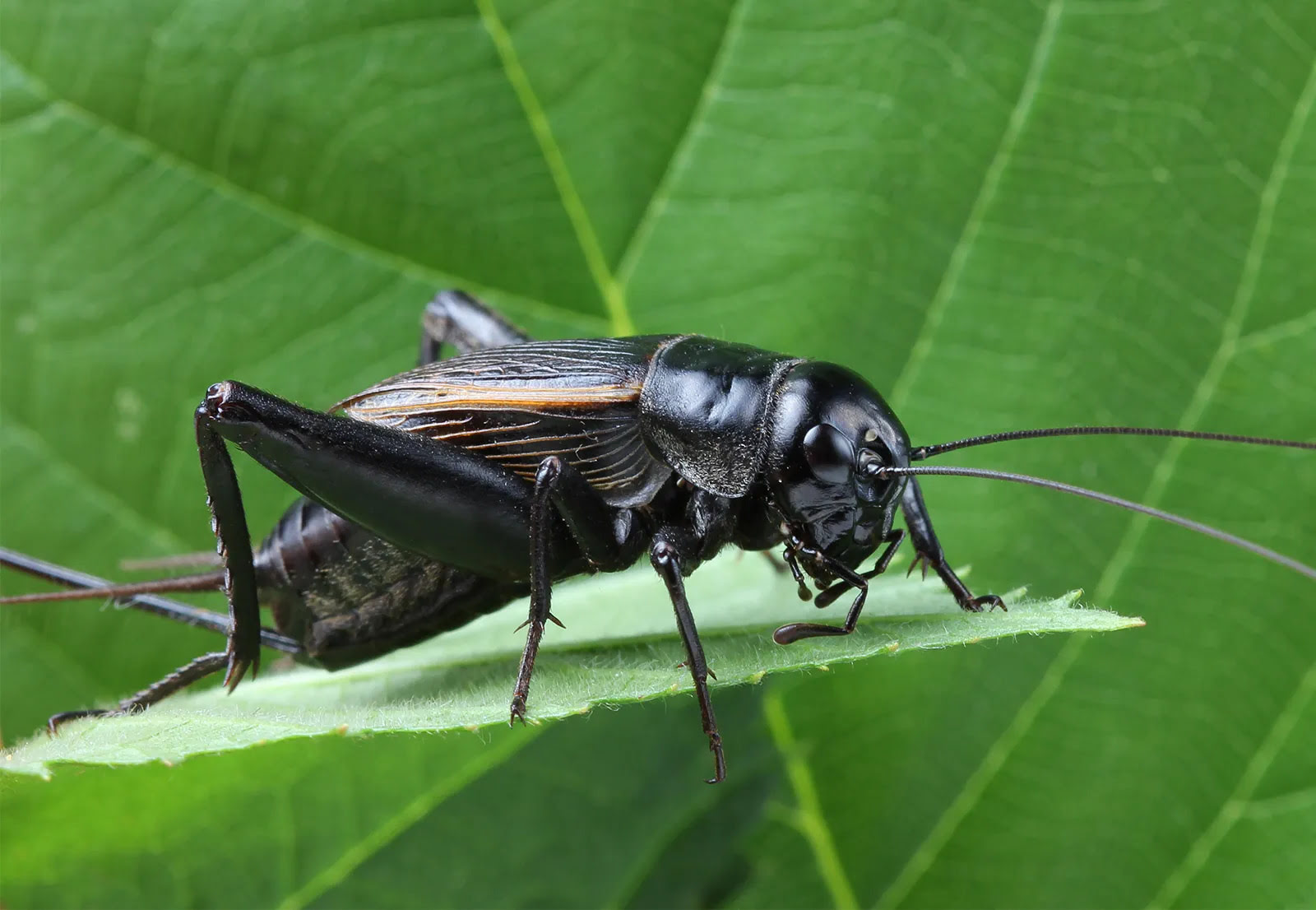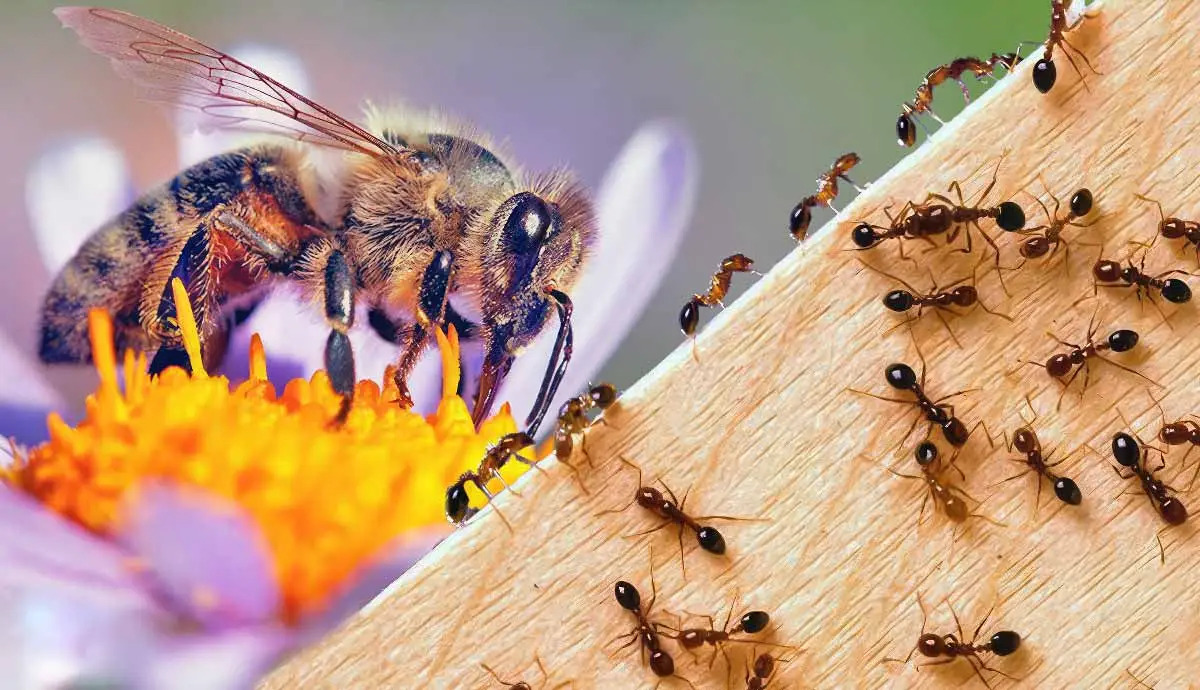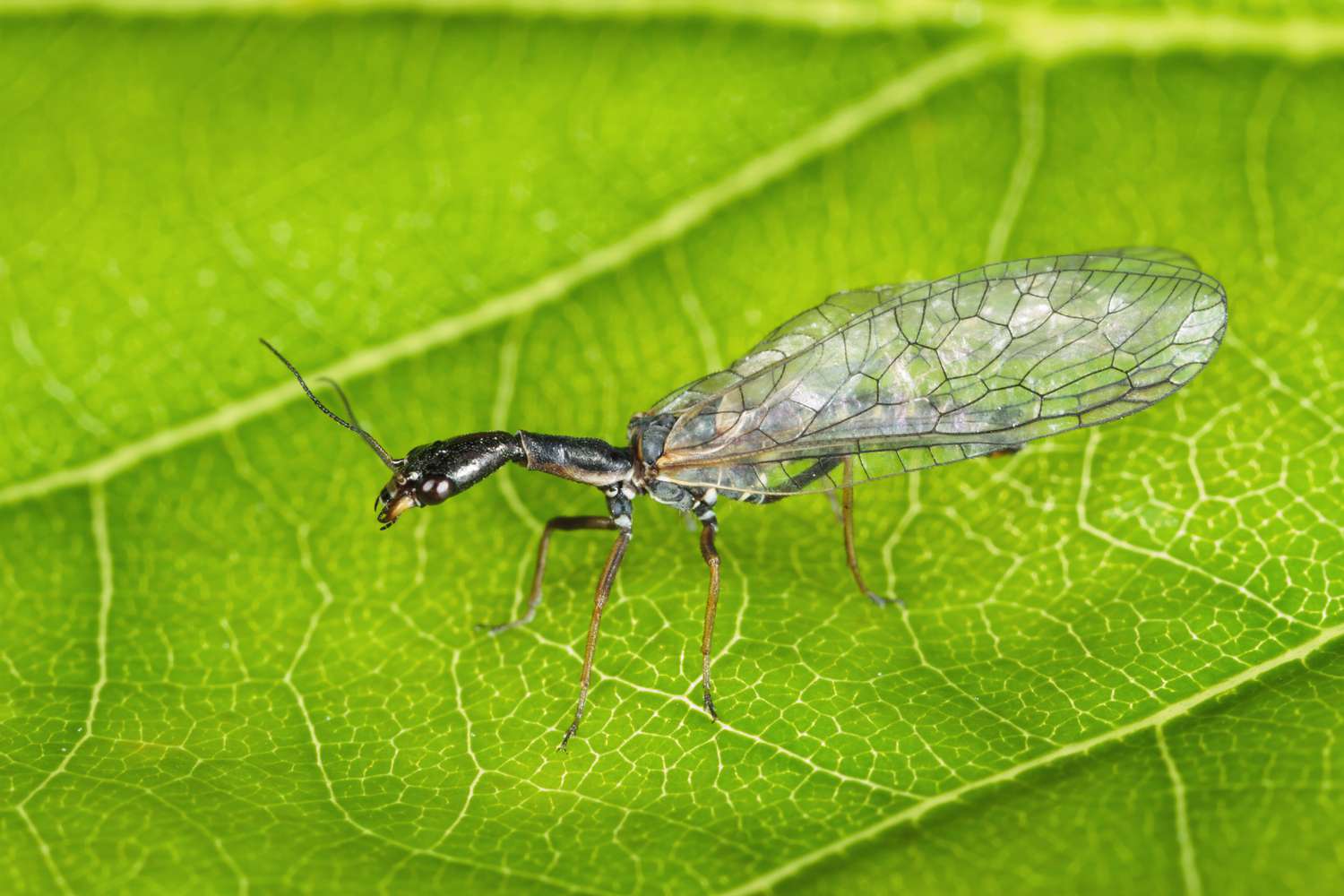Home>Gardening News and Trends>Latest News>How Many Insects Do We Eat While Sleeping
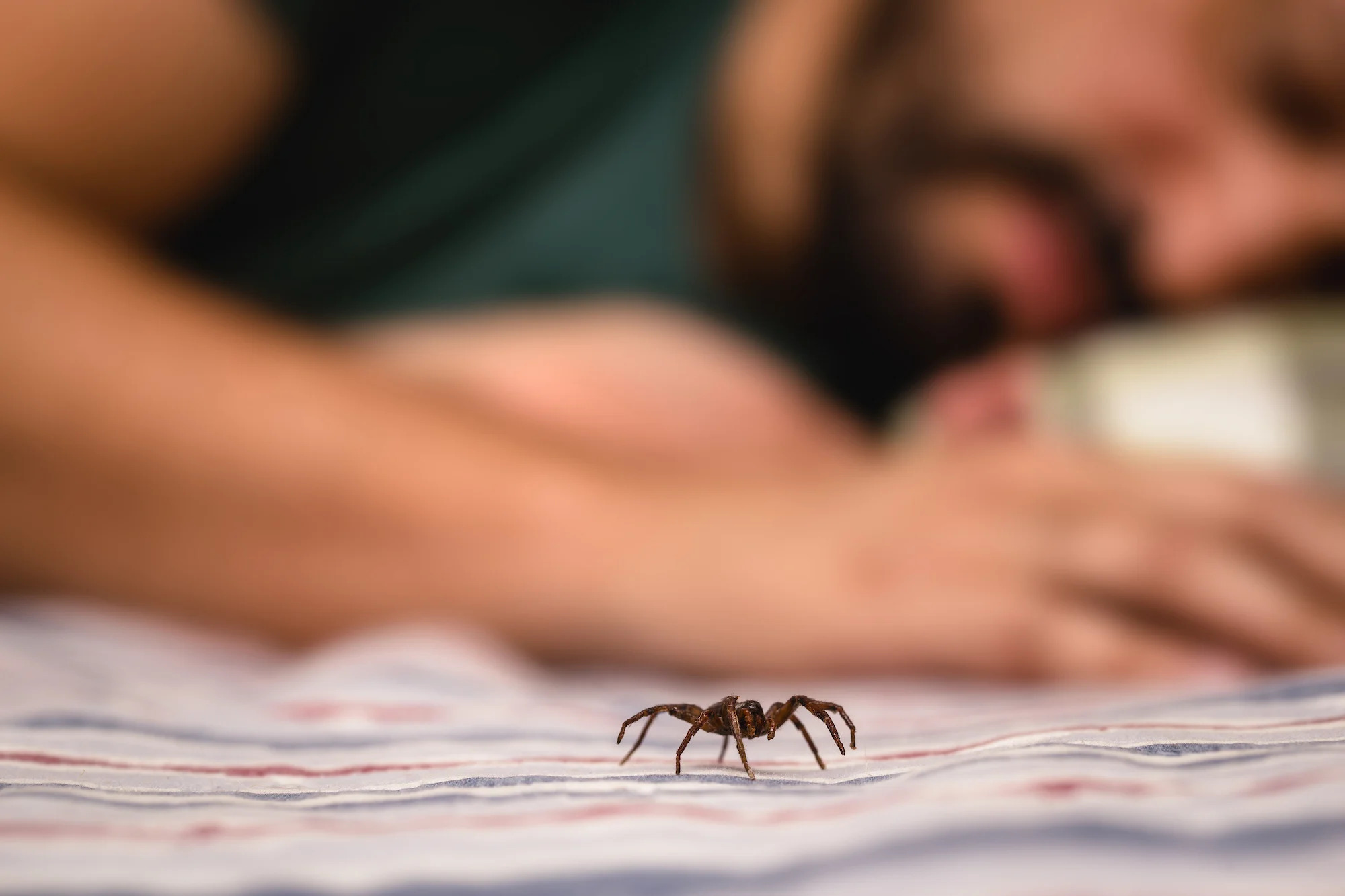

Latest News
How Many Insects Do We Eat While Sleeping
Modified: January 22, 2024
Discover the latest news on how many insects we unknowingly consume while sleeping. Stay informed and learn more about this intriguing topic.
(Many of the links in this article redirect to a specific reviewed product. Your purchase of these products through affiliate links helps to generate commission for Chicagolandgardening.com, at no extra cost. Learn more)
Table of Contents
Introduction
Have you ever heard the unsettling claim that we unknowingly swallow a certain number of insects while we sleep? It’s a popular myth that has been circulating for years, causing many people to toss and turn at night with an uneasy feeling. But is there any truth to this claim or is it just a bug-induced nightmare?
Before we dive into the details, let’s debunk the misconception right off the bat. Rest assured, the notion that we inadvertently ingest a substantial amount of insects while sleeping is nothing more than an urban legend.
The idea likely stems from the fact that insects are omnipresent in our environment, including our bedrooms. It’s estimated that there are billions, if not trillions, of insects cohabiting with humans around the world. However, the likelihood of swallowing these tiny creatures in significant quantities during sleep is extremely low.
While it’s true that some insects may visit our sleeping quarters, the probability of them ending up in our digestive system is rare. The human body is designed with numerous protective mechanisms to prevent foreign objects, including insects, from entering the respiratory and digestive systems.
With that being said, it’s important to note that while the statistical chances of consuming insects during sleep are slim, it is still possible to encounter the occasional insect invasion. Factors such as open windows, outdoor lighting, and unsealed entry points can increase the likelihood of insects finding their way into our bedrooms.
In the following sections, we’ll delve deeper into the truth about insect consumption during sleep, explore factors that can influence insect intake at night, and provide expert insights on sleep hygiene to minimize insect exposure. So, let’s put this myth to rest and uncover the real story behind the nighttime bug frenzy.
The Myth of Swallowed Insects
When it comes to the myth of swallowed insects, the image of unsuspecting sleepers chomping down on a mouthful of bugs is a disturbing thought. The notion has been perpetuated through urban legends, movies, and even popular culture. However, it’s important to separate fact from fiction and understand the true extent of this phenomenon.
The idea that we consume insects while sleeping is based on a few misconceptions. Firstly, it assumes that insects are actively seeking out our mouths as a food source. In reality, insects are not attracted to our breath or the warmth of our bodies. They are more likely to be in search of food, shelter, or mates. Secondly, it assumes that we are completely unaware of any insect intrusion while we sleep. However, our bodies have intricate sensory systems that alert us to potential dangers, such as foreign objects entering our mouths.
The myth also tends to exaggerate the number of insects that could be swallowed during sleep. While it’s true that insects are incredibly diverse and abundant in nature, the actual occurrence of them being ingested during sleep is quite rare. The human throat and airway are designed to prevent large objects from passing through, and any small particles or insects that do make their way into our mouths are usually coughed out or swallowed consciously.
Moreover, the digestive system is another line of defense against ingesting insects. Stomach acid and enzymes are powerful enough to break down most organic matter, including insect bodies, making it highly unlikely for insects to survive the acidic environment of the stomach.
It’s important to remember that the human body has evolved over thousands of years to protect itself from potential harm. The idea of swallowing insects during sleep is not only biologically improbable, but it also contradicts our natural defense mechanisms.
Next, we’ll delve into the truth about insect consumption during sleep, shedding light on the actual scenarios that may exist and providing expert insights on the topic.
The Truth About Insect Consumption During Sleep
While the myth of swallowing insects while sleeping has been debunked, it’s important to acknowledge that isolated incidents of insect ingestion during sleep can occur. However, these occurrences are rare and typically involve specific circumstances.
Insects that may inadvertently find their way into our mouths while we sleep are typically small and lightweight, such as gnats, flies, or mosquitoes. They may be attracted to the warmth and carbon dioxide we emit or be drawn to bright lights that are inadvertently left on in the bedroom.
In most cases, when an insect enters our mouth, we instinctively swallow or spit it out during sleep without even realizing it. Our bodies have reflex mechanisms, such as coughing or swallowing, to protect us from potential harm. Some people may wake up briefly due to the discomfort of an insect in their mouth, but these instances are generally rare.
It’s important to note that the likelihood of encountering insects in our bedrooms will vary depending on various factors, including geographic location, season, and personal habits. For example, individuals living in areas with a high insect population or those who live in close proximity to nature are more likely to have occasional encounters with insects in their sleeping environment.
Additionally, certain habits, such as leaving windows or doors open, using outdoor lighting near windows, or having indoor plants, can increase the chances of insects entering our bedrooms. Taking steps to minimize these entry points can significantly reduce the likelihood of insect encounters during sleep.
While the thought of accidentally swallowing insects may be unsettling to some, it’s essential to keep things in perspective. Ingesting small amounts of insects poses minimal health risks for the average person. In fact, it is estimated that humans ingest small amounts of insects and their body parts through various other means, such as consuming fruits, vegetables, and grains. This incidental consumption is generally harmless, as our bodies are designed to process and eliminate these foreign substances.
In the following sections, we will discuss the factors that can affect insect intake at night and provide expert insights on sleep hygiene practices to minimize insect exposure in our bedrooms.
Factors Affecting Insect Intake at Night
While the chances of swallowing insects during sleep are minimal, there are several factors that can influence the likelihood of encountering insects in our bedrooms. Understanding these factors can help us take proactive measures to minimize insect intake during the night.
1. Location: The geographic location plays a significant role in determining the presence and abundance of insects. Areas with a warmer climate or higher humidity tend to have a greater insect population, which increases the chances of insect encounters at night.
2. Proximity to Nature: Living in close proximity to nature, such as near parks, forests, or bodies of water, can increase the likelihood of insects finding their way into our homes. Insects may be carried by the wind, attracted to outdoor lights, or seek refuge inside when conditions are favorable.
3. Seasonal Variations: Different seasons can bring about changes in insect activity. For example, warmer months may see an increase in flying insects, while colder months may lead to a decrease in insect presence. Understanding the seasonal patterns of insects in your region can help you anticipate potential encounters.
4. Lighting: Bright lights, especially those near windows or entrances, can attract insects towards our homes. Using outdoor lighting strategically or opting for dimmer indoor lighting can minimize the attraction of insects towards our bedrooms.
5. Openings: Unsealed windows, doors, or cracks in walls can serve as entry points for insects. Ensuring that these openings are properly sealed or fitted with screens can create a barrier that prevents insects from entering our sleeping quarters.
6. Indoor Plants: Plants can provide a hospitable environment for creepy crawlies to thrive. While indoor plants offer numerous benefits, it’s important to inspect them regularly and take necessary measures to prevent insects from multiplying or escaping into other areas of the house.
7. Cleanliness: Maintaining a clean and clutter-free bedroom can help discourage insects from making themselves at home. Regularly vacuuming, sweeping, and dusting can eliminate potential hiding spots and reduce the likelihood of insect encounters.
By taking these factors into consideration, we can create an environment that is less attractive to insects and minimize the chances of encountering them during our sleep. In the next section, we will delve into expert insights on sleep hygiene practices that can help further reduce insect exposure in our bedrooms.
Expert Insights on Sleep and Insect Ingestion
When it comes to sleep hygiene and minimizing insect ingestion, experts have provided valuable insights and recommendations that can help create a bug-free sleeping environment. Let’s explore their guidance.
1. Keep a clean bedroom: Regularly clean your bedroom and maintain good hygiene to prevent insects from taking up residence. Vacuuming, dusting, and changing sheets regularly can eliminate potential hiding spots and reduce the chances of encountering insects.
2. Minimize outdoor light: Insects are often attracted to bright lights, especially during the nighttime. By reducing outdoor lighting or using curtains and blinds that block light, you can help minimize the presence of insects in your bedroom.
3. Use screens on windows and doors: Installing screens on windows and doors can act as a physical barrier, preventing insects from entering your sleeping space. Make sure the screens are in good condition and free from any tears or holes that could potentially allow insects to get through.
4. Seal entry points: Check for gaps or cracks around windows, doors, and other potential entry points in your bedroom. Seal these openings properly to minimize the chances of insects finding their way in.
5. Employ insect deterrents: Consider using insect deterrents, such as natural sprays or plug-in devices that emit repellent scents. These products can discourage insects from entering your bedroom and provide an added layer of protection.
6. Avoid eating in bed: While it may be tempting to snack in bed, doing so can attract insects. Crumbs and food particles can serve as a food source, increasing the chances of insect encounters. Enjoy your meals in designated areas and keep the bedroom a food-free zone to minimize insect attraction.
7. Address moisture issues: Insects are attracted to moisture, so make sure to address any moisture problems in your bedroom, such as leaks or condensation. Maintaining proper ventilation and using dehumidifiers can help create a less appealing environment for insects.
By following these expert insights, you can create a sleep-friendly environment that is less likely to attract and harbor insects. While it’s impossible to completely eliminate the presence of insects, taking preventive measures can significantly reduce the chances of encountering them during your sleep.
As we conclude this article, it’s important to remember that the chances of swallowing insects while sleeping are extremely low. The human body has evolved with protective mechanisms to prevent such incidents. By debunking the myth and understanding the reality of insect consumption during sleep, we can sleep soundly, without the worry of bug-induced nightmares.
Common Insect Species Found in Bedrooms
While the quantity of insects we inadvertently ingest during sleep is minimal, it’s still helpful to familiarize ourselves with some of the common insect species that may find their way into our bedrooms. By understanding these insects, we can better identify them and take appropriate measures to prevent their entry and minimize encounters.
1. Houseflies (Musca domestica): Houseflies are one of the most prevalent insect species found indoors. They are attracted to food sources and may enter our bedrooms in search of sustenance. Keeping food covered and maintaining a clean environment can help reduce their presence.
2. Mosquitoes (Culicidae family): Mosquitoes are well-known pests that can disrupt our sleep with their incessant buzzing and itchy bites. They are drawn to the warmth and carbon dioxide we emit and may enter our bedrooms through open windows or doors. Using mosquito nets or screens can help keep them out.
3. Gnats (Sciaridae family): Gnats, also known as fruit flies or fungus gnats, are small and agile insects that are often attracted to decaying organic matter. They may be found near houseplants, overripe fruits, or in damp areas. Removing overripe fruits and ensuring proper drainage for plants can deter them.
4. Silverfish (Lepisma saccharina): Silverfish are nocturnal insects that are commonly found in dark, damp environments. They are drawn to paper, glue, and starchy materials and may enter our bedrooms through cracks or openings. Keeping the bedroom dry and sealing any cracks can help prevent their entry.
5. Carpet Beetles (Dermestidae family): Carpet beetles are small insects that are often found in carpets, upholstery, and stored clothing. They can cause damage to fabrics and may inadvertently find their way into our sleeping areas. Regular vacuuming, airing out clothes, and storing them properly can deter carpet beetles.
6. Spiders (Araneae order): While spiders are not insects, they often coexist with humans and can be found in bedrooms. They are beneficial as they prey on other insects. However, if their presence causes concern, sealing entry points and keeping the bedroom clutter-free can help minimize their presence.
It’s important to note that the presence of these insects does not necessarily indicate poor hygiene. Insects are a natural part of our environment, and occasional encounters are inevitable. However, by implementing preventive measures, we can significantly reduce their presence in our sleeping spaces.
By familiarizing ourselves with these common insect species, we can better understand their behaviors, minimize their entry into our bedrooms, and take appropriate steps to create a more bug-free sleeping environment.
Minimizing Insect Exposure at Night
While complete elimination of insects in our bedrooms may be challenging, there are several practical steps we can take to minimize insect exposure during the night. By implementing these preventive measures, we can create a more comfortable and insect-free sleeping environment.
1. Use window screens: Installing window screens is an effective way to prevent insects from entering our bedrooms while still enjoying fresh air. Ensure that the screens are in good condition, properly fitted, and free from any tears or holes that may allow insects to pass through.
2. Keep doors and windows closed: To minimize the entry points for insects, make sure to keep doors and windows closed, especially during dusk and dawn when insects are most active. Consider using weatherstripping or door sweeps to seal any gaps or cracks.
3. Use bed nets: Bed nets, particularly mesh nets treated with insecticides, provide an additional layer of protection against insects, especially mosquitoes and flies, that may enter our bedrooms. Bed nets are particularly helpful for those living in areas with a high prevalence of malaria or other mosquito-borne diseases.
4. Reduce outdoor lighting: Bright outdoor lighting can attract insects, leading them closer to our sleeping areas. Consider using motion-sensor lights or low-intensity lighting that minimizes the attraction of insects. If outdoor lighting is necessary, position it away from windows and entrances.
5. Seal entry points: Inspect your bedroom for potential entry points that insects can exploit, such as gaps near windows, cracks in walls, or openings around pipes or cables. Take the necessary steps to seal these entry points, minimizing the chances of insects finding their way in.
6. Remove sources of attraction: Insects are often drawn to food sources or standing water. Avoid leaving food or drinks uncovered in your bedroom, and promptly clean up any spills or crumbs. Additionally, address any sources of standing water, such as leaky pipes or stagnant water in flower pots, as they can attract insects.
7. Store clothing properly: Insects such as silverfish and carpet beetles can damage fabrics and clothing. Store clothes in sealed containers or garment bags to protect them from these pests. Additionally, regularly inspect and clean stored clothing to prevent infestations.
8. Maintain a clean sleeping environment: Regularly clean your bedroom, including vacuuming carpets, dusting surfaces, and laundering bedding. This helps eliminate potential hiding spots for insects and reduces the presence of allergens that can attract them.
By implementing these measures, you can greatly reduce the chances of encountering insects during your sleep and create a more peaceful and insect-free bedroom environment.
Conclusion
While the myth of unknowingly swallowing a specific number of insects while sleeping has been debunked, it’s important to acknowledge that isolated incidents of insect ingestion can occur. However, the likelihood of significant insect ingestion during sleep is minimal for the average person due to the body’s natural defense mechanisms.
Understanding the reality of insect consumption during sleep allows us to approach the topic with a sense of rationality and take appropriate steps to minimize insect exposure in our bedrooms. By implementing practical measures such as using window screens, sealing entry points, reducing outdoor lighting, and practicing good hygiene, we can create a more bug-free sleeping environment.
It’s important to keep in mind that occasional encounters with insects are a natural part of our environment, and complete elimination is often unrealistic. However, by taking preventive measures and maintaining a clean and well-maintained sleeping space, we can significantly reduce the chances of insect intrusion during our sleep.
Remember, the human body has evolved over centuries to protect itself from potential harm, including ingesting insects. While it’s normal to have concerns about insects in our sleeping quarters, it’s essential to maintain a healthy perspective and not let anxiety overshadow our sleep quality.
By debunking the myth and understanding the truth about insect consumption during sleep, we can embrace a more peaceful and undisturbed sleep, free from unnecessary worries about bug-induced nightmares. Sweet dreams!
